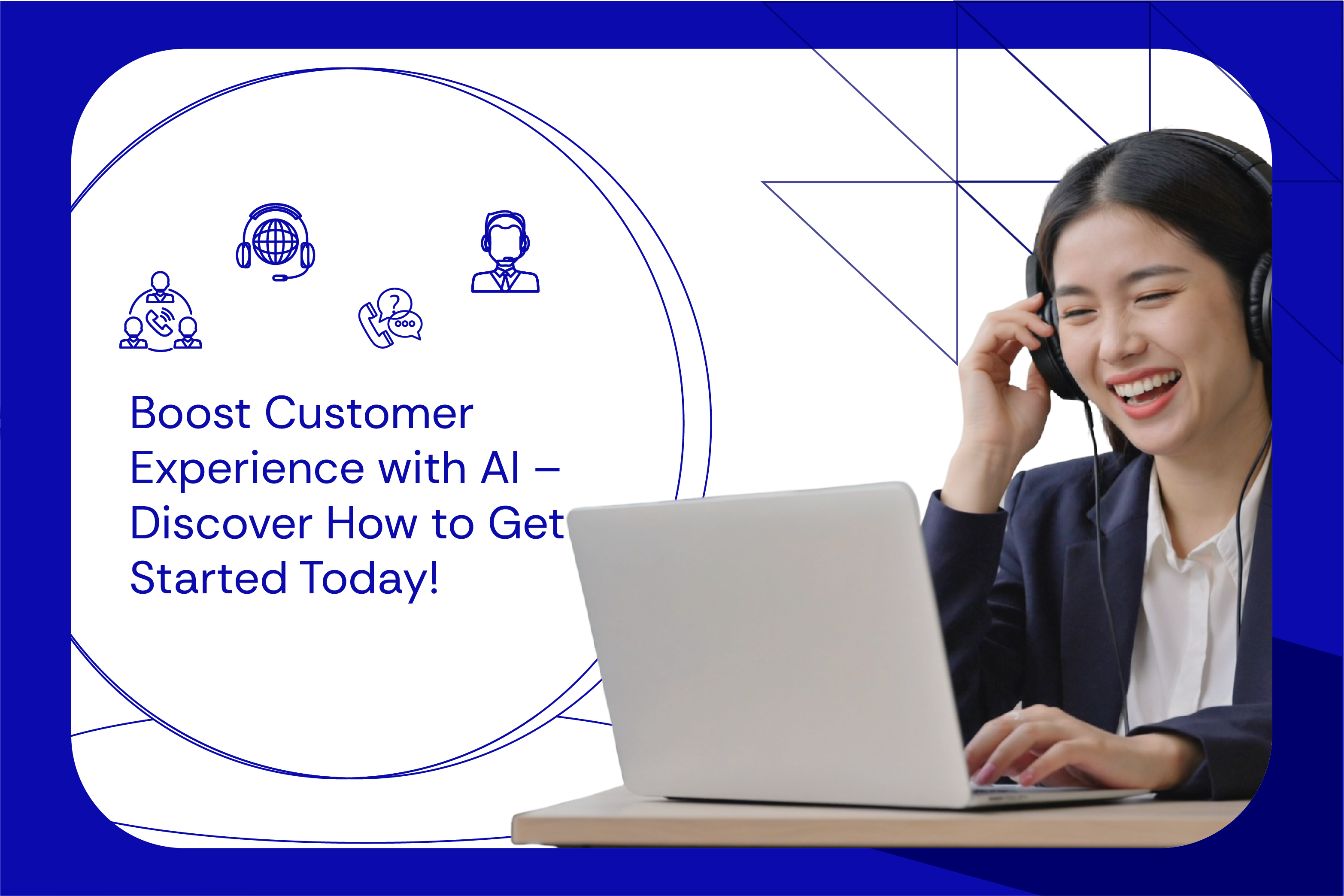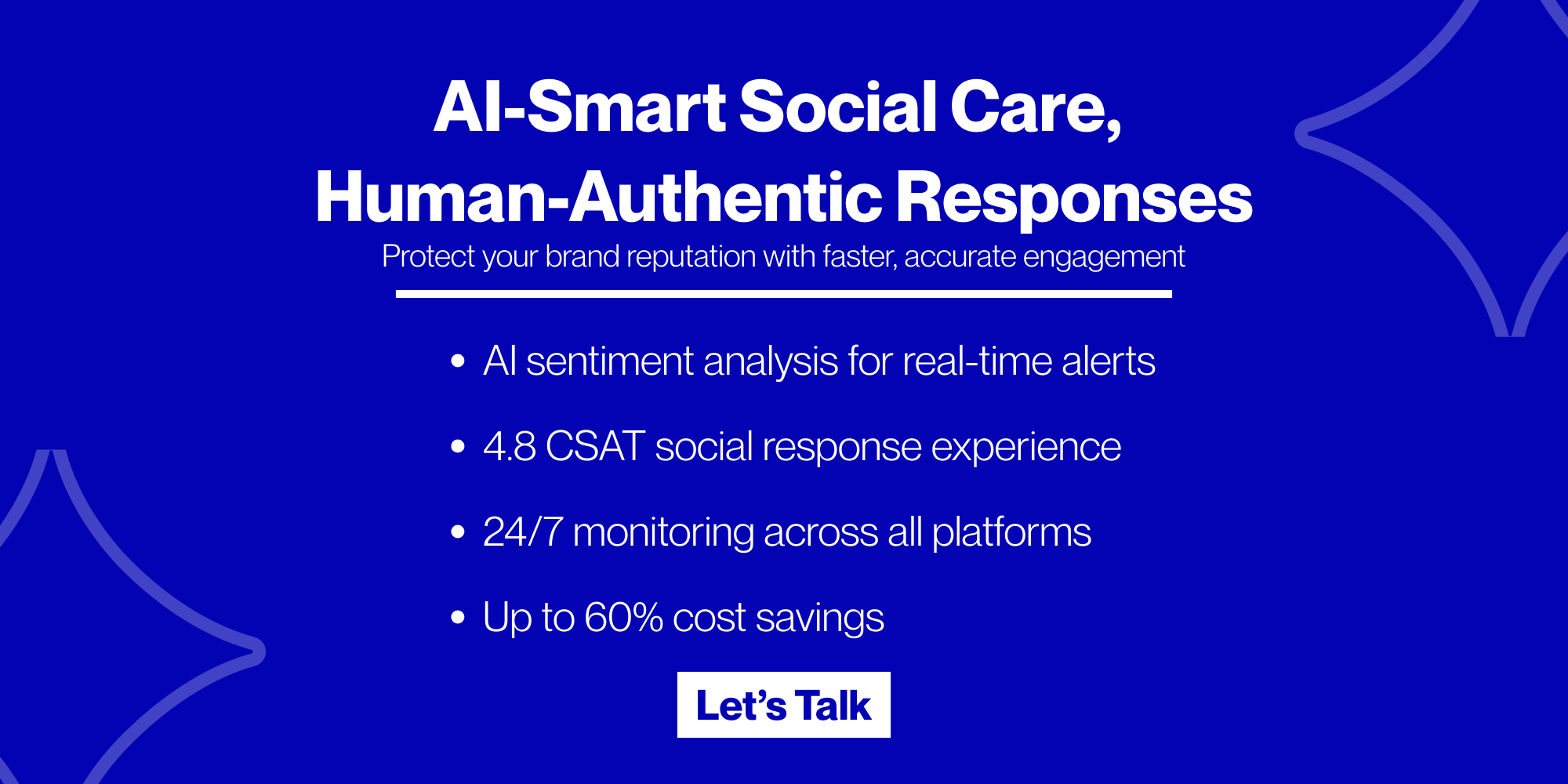AI-enhanced customer experience refers to the use of artificial intelligence technologies in customer service. For CX leaders at consumer brands and D2C companies in the U.S., U.K. & Australia, AI represents a practical way to scale customer support without increasing headcount. Using it, you can automate, personalise, and improve customer interactions across digital and human touchpoints. This approach leads to higher satisfaction, loyalty, and operational performance.
By the end of 2025, AI is expected to handle 95% of all customer interactions. There is a rapid transition towards automated support systems in customer service.
But where are you? Are you giving any attention to AI? or still feeling it is a passing trend?
For many businesses, AI has already made a big difference (particularly in boosting customer experience).
A study by Juniper Research reveals that chatbots will drive over $8 billion in cost savings per year. That’s largely because AI reduces handle times and increases first-call resolution rates. This lets businesses save 45% of time spent on calls and resolve issues 44% faster.
So, do you also want to get started in 2025? In this article, let’s learn how does AI improve customer experience, popular AI types, and how you can get started with artificial intelligence customer experience in simple steps.
How AI Can Improve Customer Experience?
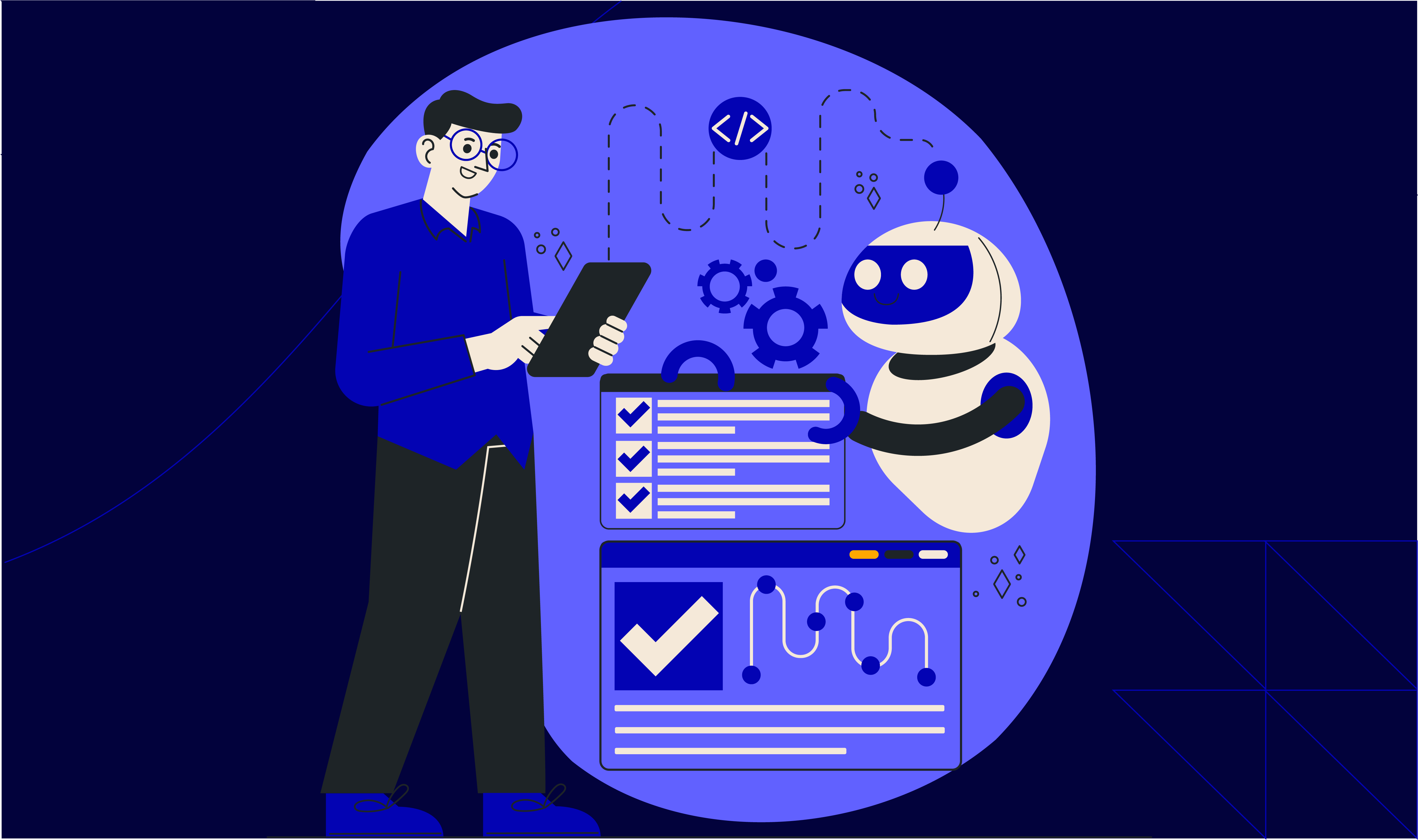
According to a recent study, 51% of customers expect 24/7 availability. These expectations are nowadays met by most AI tools used in customer support (like chatbots or virtual assistants).
This significantly boosts customer experience as instead of waiting for office hours or speaking to a person, customers can get instant replies through AI-powered systems (even during late nights, weekends, or holidays).
Additionally, you can use AI to improve customer experience in the following ways:
1. Get Personalised Recommendations
Most AI models suggest products or services based on what customers have:
- Looked at/ searched
- Bought before
For example, say a customer often buys certain types of clothing or watches. Now, an AI system can show them similar options when they visit again.
Research shows 80% of U.S. consumers are more likely to purchase when offered personalized experiences. This builds loyalty and encourages repeat sales. That’s largely because when people see relevant suggestions, they are more likely to return. This builds loyalty and helps businesses grow repeat sales.
2. Boost Customer Experience
For the unaware, AI chatbots are tools that answer customer questions through apps or websites.
In 2025, 36% of U.S. consumers already use chatbots, which is the highest global adoption rate.
But why such a craze? That’s largely because these tools can
- Reply at any time of the day
- Speak in multiple languages
Such assistance is particularly useful for businesses that get questions after hours or from different regions. Additionally, these chatbots are programmed to escalate and send complicated customer issues to your human staff. For CX leaders managing teams of 5+ employees, chatbots reduce ticket pile-up while maintaining safety for advanced cases.
3. Fetch Predictive Analytics
Predictive AI looks at customer data, such as what people buy, browse, or ask about. Then, it tries to guess what they will want next. For example, say someone often buys baby products. Now, the system will suggest diapers or toys before they ask.
This type of AI can also spot signs that a customer might stop buying from you. It sends you a warning sign so that you can reach out to them before they leave. By using AI to improve customer experience, you can:
- Understand customer trends
- Plan stock better
- Improve sales by sending timely offers to the right people
During high-demand periods like Christmas or Black Friday in the U.S. and U.K., AI scales support capacity without adding staff.
4. Achieve Cost Efficiency and Scalability
Using AI, you can save money by taking over tasks that don’t need human involvement, such as:
- Answering common customer questions
- Sorting through emails
Be aware that in the US, customer demand usually spikes during festivals (like Christmas) and sales events (like Black Friday). Using AI, you can easily handle these demand spikes. Most AI tools let you manage a large number of requests at once without extra costs. For a small business, this means you can serve more customers without hiring more people. This also avoids delays during busy periods.
What are the Popular AI types?
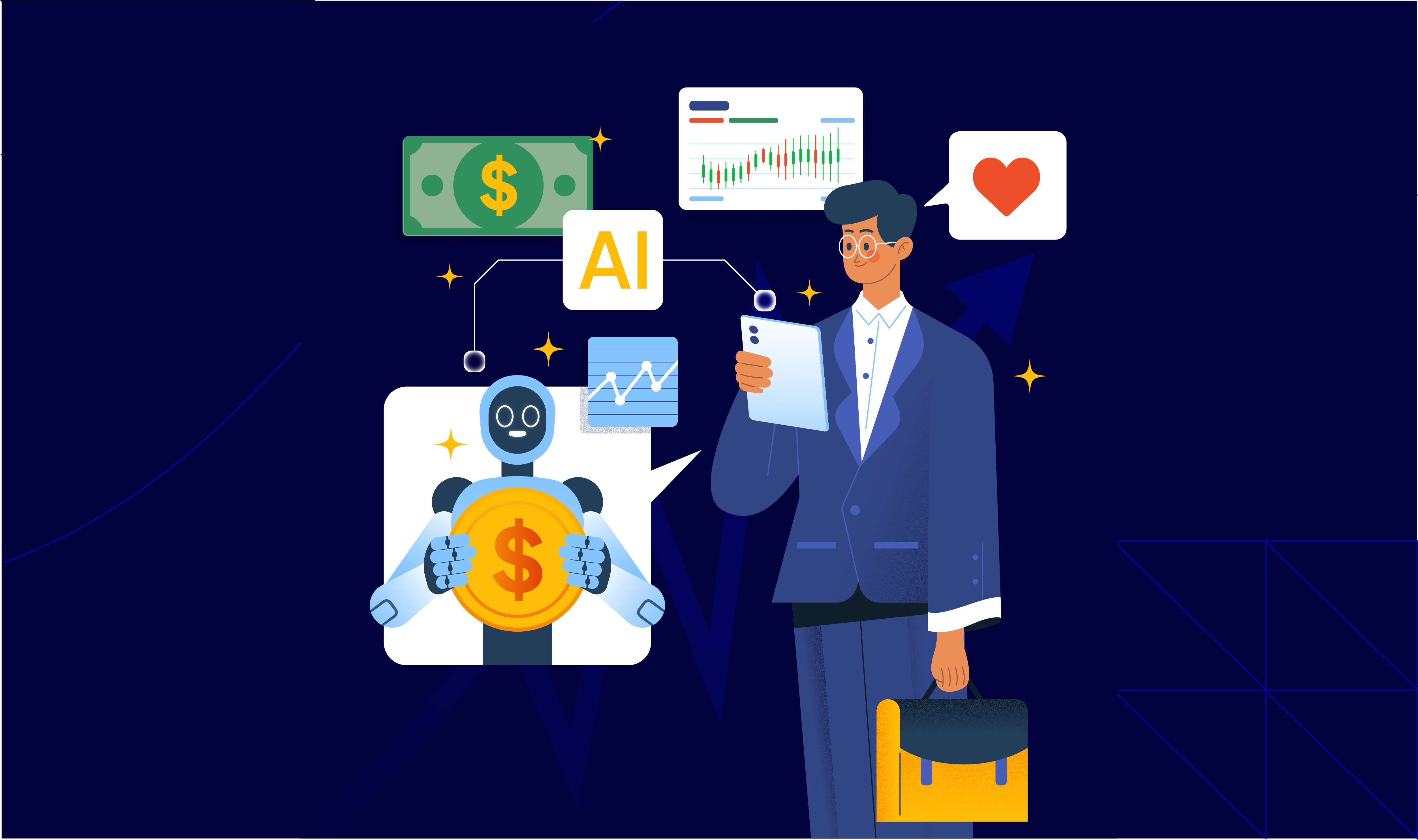
Below are the three main types of AI widely used today, along with how they can help you boost customer experience:
| Aspects | Predictive AI | Generative AI | AI agents |
| Meaning | This kind of AI helps you understand what your customers might do next. | This type of AI creates content. | This is the newest type. AI agents can do more than just give answers (they can even take action). |
| Duties it can perform |
|
|
|
How Can You Use AI for Boosting Customer Experience? Step-by-Step Guide
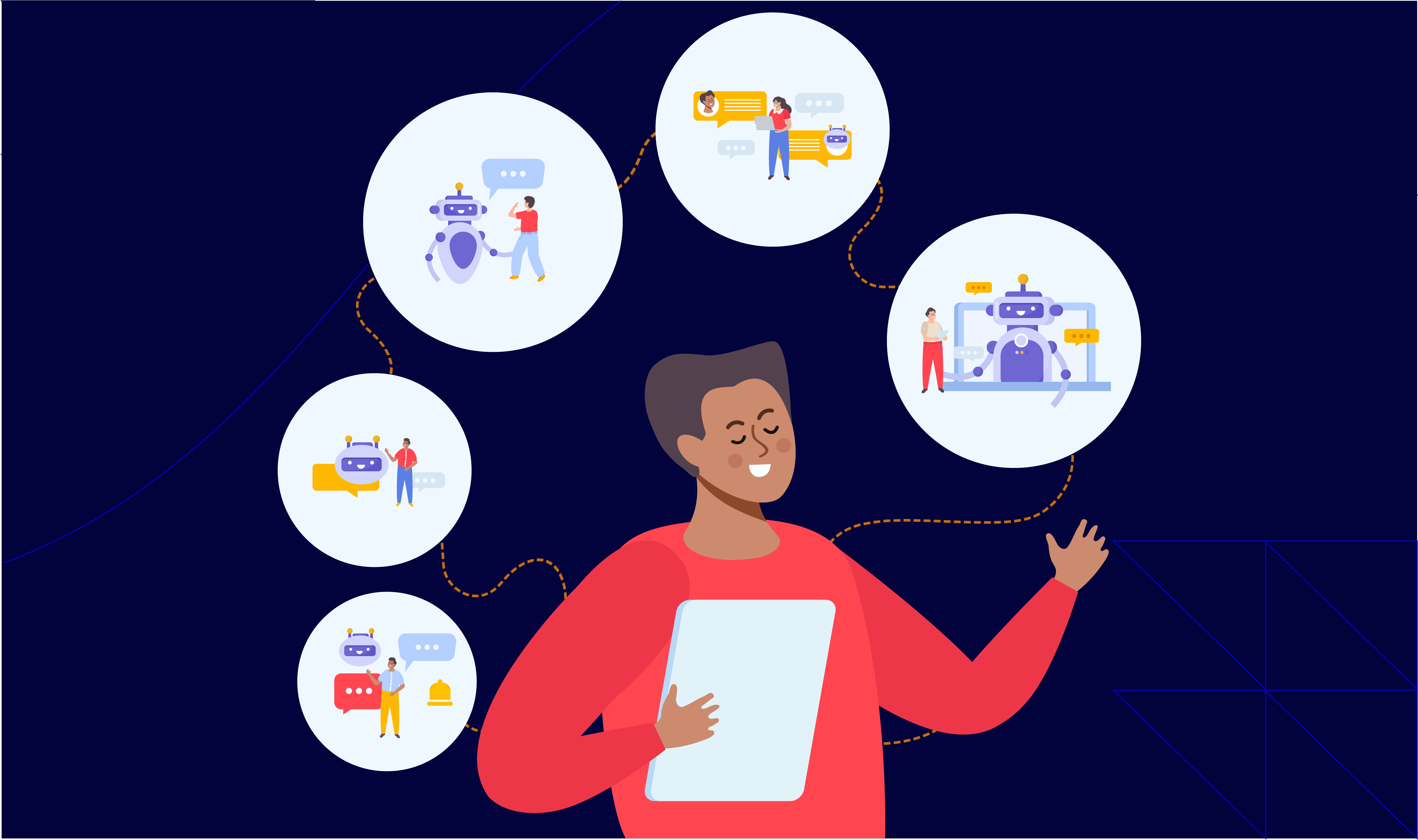
To begin using AI in your customer service, you need a clear plan. Ideally, you should focus on combining AI tools with:
- Reliable data
- Smooth workflows
- Secure systems
This allows you to boost customer experience by adopting AI. Let’s see how you can support your daily business operations by following these steps:
Step 1: Identify Customer Pain Points
You must start by listing the most common problems your customers face. Generally, these are:
- Delayed replies
- Generic communication
- Slow complaint resolution
Initially, choose one or two high-impact issues that AI can help you with, such as:
- Using chatbots to answer basic questions
- Deploying AI models that suggest replies for your team
Step 2: Connect All Your Data Sources
Please understand that for AI tools to work properly, they need access to the right data. Thus, you must gather customer data from different places like:
- Emails
- Social media
- Order history
- Support tickets
Next, store and organise this data in one system. This gives AI the complete picture it needs to make accurate suggestions and predictions which boosts customer experience. This 360° view enables AI to make accurate, context-rich predictions.
Step 3: Automate Simple Tasks
Once your data is organised, start automating basic and repetitive tasks. Here, you can use “workflows”. For the unaware, these are a series of automatic steps. They perform specific tasks without needing manual input each time.
For example,
- Say your customer sends an email.
- Now, “workflows” can:
- Automatically reply
- Assign it to a support agent
- Update a ticket
- All of this happens based on the rules you define.
Please note that you only have to set up the instructions once. After that, the system does it for every customer (without anyone having to do it manually). Such automation significantly boosts customer experience. Automation frees up agents for complex, high-value conversations.
Step 4: Add a Security and Trust Layer
Before you allow AI tools to make decisions or act on data, build security measures. Make sure only authorised users can access customer data. Also, log and track every AI-driven action.
This helps you and your customers trust the system and ensures compliance with privacy laws.
Step 5: Personalise Customer Interactions
In this step, train AI to give recommendation messages based on customer history and behaviour. For example,
- Say a returning customer contacts you.
- Now, the AI suggests personalised offers or relevant answers.
Through personalisation, you can build stronger relationships and boost customer experience. For D2C brands, this creates touchpoints that keep customers returning.
Step 6: Monitor Performance and Make Changes
After your AI tools are running, track their results. You can measure the following:
- How fast are customer issues getting resolved?
- How many tasks are getting automated?
- How positive are customer reviews?
Use this data to improve your processes. Start small and update your strategy as you learn what works.
Finding AI Migration Tough? Why Not Outsource to Atidiv?
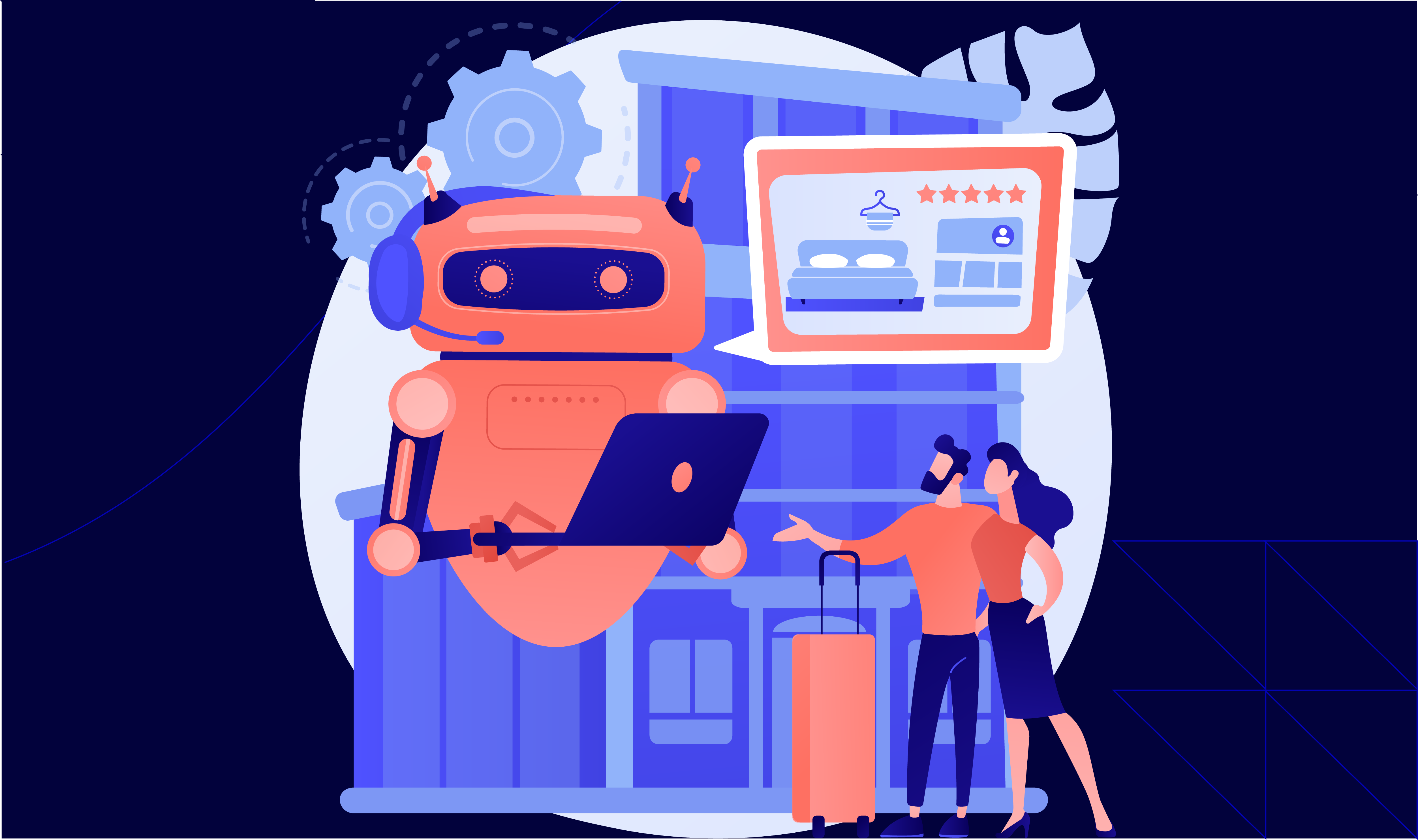
AI is no longer optional in customer service! Nowadays, it is a must-have. With 95% of customer interactions projected to be AI-driven by 2025, if you adopt AI now, you will gain a clear advantage.
You can boost customer experience by:
- Using chatbots for 24/7 support
- Personalising product recommendations
- Performing predictive analytics
- Killing repetitive tasks through automated workflows
However, implementing AI tools takes time, planning, and technical expertise. If you’re not ready to invest in AI systems directly, you can outsource your customer experience operations to a CX specialist like Atidiv.
We offer AI-powered and data-driven services, such as:
- Customer experience management
- Advanced analytics
- Digital Marketing
Our ICP focus ensures we design solutions for consumer brands and D2C companies with $5M+ revenue in the U.S., U.K. & Australia.
Most of our solutions use real-time data and AI technologies to boost customer experience. Partner with Atidiv today!
FAQs On Boost Customer Experience
1. Is AI too expensive for small businesses to use?
Not always! Many AI tools are now affordable and even available on monthly plans. Initially, you can start small (like with a basic chatbot) and then grow later.
Please note that the time and cost you save on customer support or repetitive tasks often make up for the investment.
2. Do I need a tech team to set up AI tools?
No. Many AI tools today are easy to set up without coding. Some even offer simple drag-and-drop setups.
Alternatively, you can also hire a service provider like Atidiv to handle setup and daily operations so you don’t need an in-house tech team.
3. Can AI replace my customer support staff?
AI can’t replace your staff! Instead, it only supports them. That’s because using AI you can only handle basic and repeated questions. You will still need your team to focus on complex problems.
This hybrid model prevents burnout and improves retention.
4. What if AI gives wrong answers to customers?
While deploying AI models, you need to train them by setting rules. For example, you need to define the criteria:
- When AI answers
- When it passes the question to a human
The better training you provide, the fewer chances for your AI system to make mistakes.
5. How can I protect my customers’ data when using AI?
It is recommended to always choose AI tools with built-in security features. Also, you can use:
- Access controls
- Data encryption
- Activity tracking
Atidiv ensures compliance with regional data privacy standards.
